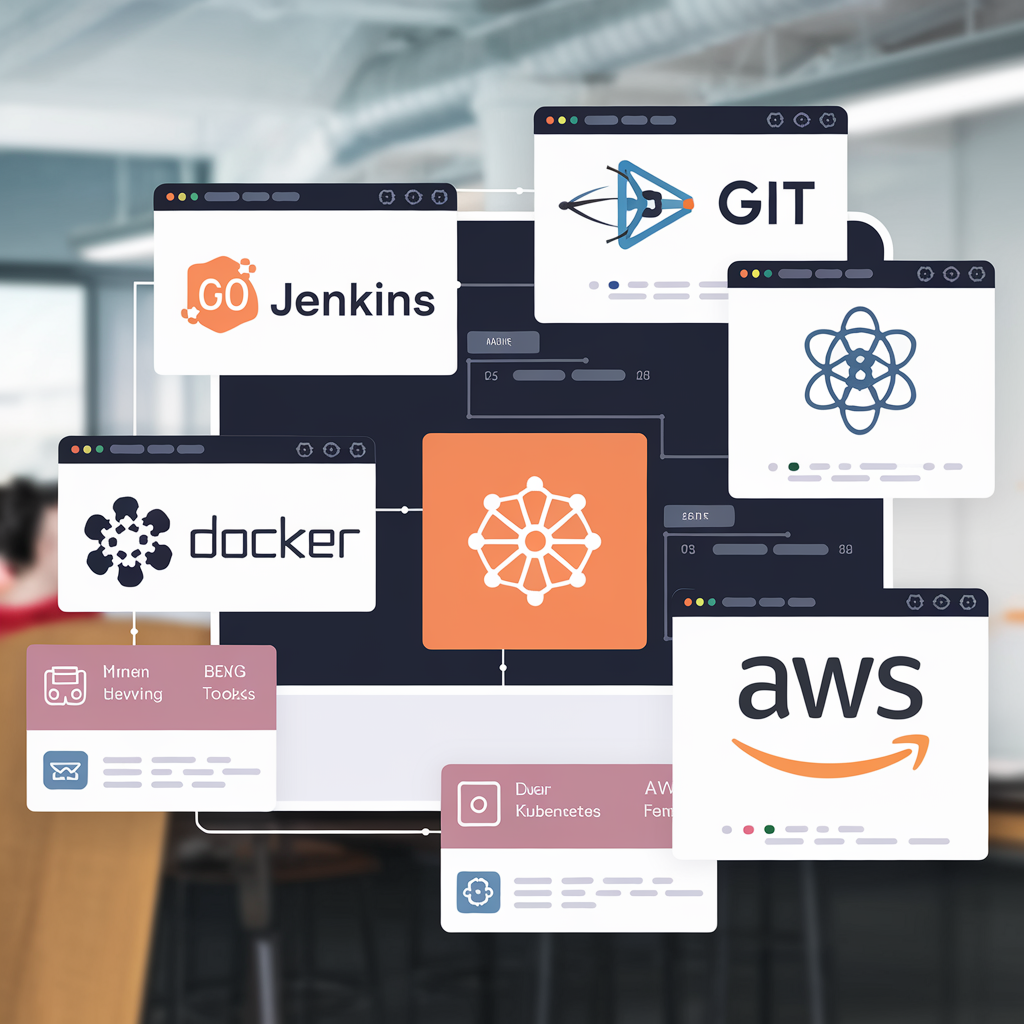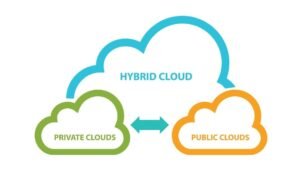In the fast-evolving world of software development, delivering high-quality software quickly is essential to stay competitive. DevOps, combined with cloud computing, offers a powerful way to streamline development and deployment processes. By integrating both disciplines, organizations can achieve faster development cycles, improved scalability, and enhanced collaboration across teams. In this article, we’ll explore how DevOps in the cloud can revolutionize your software development workflow, along with practical examples.
What is DevOps?
DevOps is a set of practices that promotes collaboration between development and operations teams to accelerate the software delivery process. It emphasizes automation, continuous integration, continuous delivery (CI/CD), and monitoring to ensure smooth deployment of applications. When paired with cloud computing, DevOps becomes even more powerful by offering on-demand infrastructure, scalability, and flexibility.
Benefits of DevOps in the Cloud
1. Scalability and Flexibility
Cloud platforms, such as AWS, Azure, and Google Cloud, allow for dynamic scaling of infrastructure based on real-time demand. In a DevOps environment, this scalability is crucial, enabling teams to adjust resources automatically during high traffic, deployment peaks, or load testing.
2. Continuous Integration and Continuous Delivery (CI/CD)
Cloud services provide excellent support for CI/CD pipelines, which automate the testing, integration, and deployment of code. Developers can integrate small code changes more frequently, and with automated testing, errors can be detected early in the development cycle. Cloud tools like AWS CodePipeline, Azure DevOps, or Jenkins make the setup and automation of CI/CD pipelines seamless.
3. Cost-Efficiency
Cloud computing offers a pay-as-you-go model, meaning you only pay for the resources you use. This pricing model is ideal for DevOps processes that need temporary environments for testing, staging, or scaling. By automating the creation and destruction of cloud environments, organizations can reduce costs significantly.
DevOps Tools in the Cloud
Various tools and platforms facilitate DevOps workflows in the cloud. Let’s look at some examples:
1. AWS CodePipeline
AWS CodePipeline is a fully managed CI/CD service that automates release pipelines for fast and reliable application updates. It integrates with GitHub, AWS Lambda, and other AWS services, allowing seamless development workflows.
Example:
aws codepipeline create-pipeline --pipeline-name MyPipeline
In this example, an automated pipeline can be triggered on a GitHub code push event, automatically running tests, and deploying the application on AWS EC2 or AWS Lambda.
2. Azure DevOps
Azure DevOps offers a set of tools that allow you to build, test, and deploy applications. It includes services like Azure Pipelines for CI/CD, Azure Repos for source control, and Azure Boards for project management.
Example:
trigger:
branches:
include:
- main
jobs:
- job: Build
pool:
vmImage: 'ubuntu-latest'
steps:
- script: echo Building project
displayName: 'Build Step'
This YAML script defines a simple Azure Pipeline to trigger builds when new code is pushed to the main branch.
3. Google Cloud Build
Google Cloud Build is a serverless CI/CD platform that allows developers to automate builds and deployments. It supports Docker and Kubernetes natively, making it ideal for modern cloud-native applications.
Example:
steps:
- name: 'gcr.io/cloud-builders/docker'
args: ['build', '-t', 'gcr.io/my-project/my-app', '.']
- name: 'gcr.io/cloud-builders/kubectl'
args: ['apply', '-f', 'kubernetes/deployment.yaml']
This Cloud Build example shows how to automate Docker builds and deploy a Kubernetes app on Google Cloud.
Streamlining Development with Cloud DevOps
1. Automated Infrastructure Provisioning
Using Infrastructure as Code (IaC) tools like Terraform or AWS CloudFormation allows teams to define and provision cloud infrastructure through code. Automating infrastructure setup ensures that environments are consistent, repeatable, and easy to scale.
Example (Terraform):
provider "aws" {
region = "us-west-2"
}
resource "aws_instance" "web" {
ami = "ami-12345678"
instance_type = "t2.micro"
}
In this Terraform example, we define an EC2 instance that can be automatically provisioned in AWS, making infrastructure management part of the DevOps workflow.
2. Monitoring and Logging
Cloud platforms offer advanced monitoring and logging services, such as AWS CloudWatch, Azure Monitor, and Google Stackdriver. These services provide real-time insights into application performance and infrastructure health, helping DevOps teams react quickly to issues.
Example:
- AWS CloudWatch can be set up to monitor application logs and trigger alerts if performance thresholds are crossed, ensuring that teams are notified of critical issues early.
3. Containerization and Orchestration
Containers and Kubernetes play a crucial role in modern DevOps workflows. With Docker and Kubernetes, teams can package applications into containers and manage them across multiple environments.
Example: Docker:
docker build -t myapp .
docker run -d -p 80:80 myapp
With Docker, you can containerize applications and deploy them on cloud environments like AWS ECS or Kubernetes clusters, ensuring consistency across development, staging, and production.
4. Disaster Recovery
Cloud-based disaster recovery strategies are easier to implement with DevOps automation. By leveraging snapshots, backups, and infrastructure automation, teams can create failover systems and reduce downtime during outages.
Example: Using AWS S3 for backup storage and automated recovery through CloudFormation, a complete disaster recovery plan can be orchestrated automatically with minimal manual intervention.
Conclusion
DevOps in the cloud is a powerful combination that accelerates the development and deployment of software. By leveraging cloud platforms like AWS, Azure, and Google Cloud, developers can automate processes, scale effortlessly, and ensure the continuous delivery of high-quality software. Whether it’s setting up CI/CD pipelines, automating infrastructure provisioning, or monitoring applications, cloud DevOps provides the tools and flexibility needed to streamline development and deployment.
Embracing DevOps in the cloud is crucial for businesses looking to stay competitive in today’s fast-paced tech landscape. By using the right tools and best practices, teams can collaborate more effectively, release software faster, and ensure that applications are always running smoothly.
Hashtags: #DevOps #CloudComputing #CI_CD #AWS #Azure #GoogleCloud #Docker #Kubernetes #InfrastructureAsCode #Automation #CloudDevelopment #Tech





